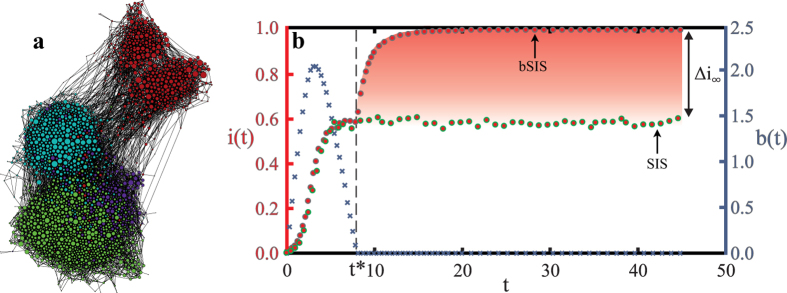Figure 2. Epidemics self-accelerate when resources are endogenously constrained.
(a) The school friendship network, which exhibits long-range connections, clustering and community structure (colors denote communities found through modularity maximization). (b) Evolution of the fraction of infected individuals i(t) (red circles) and the budget b(t) (blue crosses), for healing costs above the critical cost (c = 2 > c* ≈ 0.833), on the friendship network. Recovery requires a budget: q0 = 0 and qb = 0.8, and p = 0.285. In the pure SIS model the fraction of infected individuals reaches a stationary regime. The bSIS model also initially converges to the same stationary regime until the budget is exhausted at a critical time t = t* ≈ 7.3. For t > t* recovery is not possible anymore, and the infection spreads to all of the population (i.e. i(∞) = 1). The difference in the steady state infection in both models, which is also the size of the jump in the bSIS model due to the budget constraints, is denoted Δi∞.

